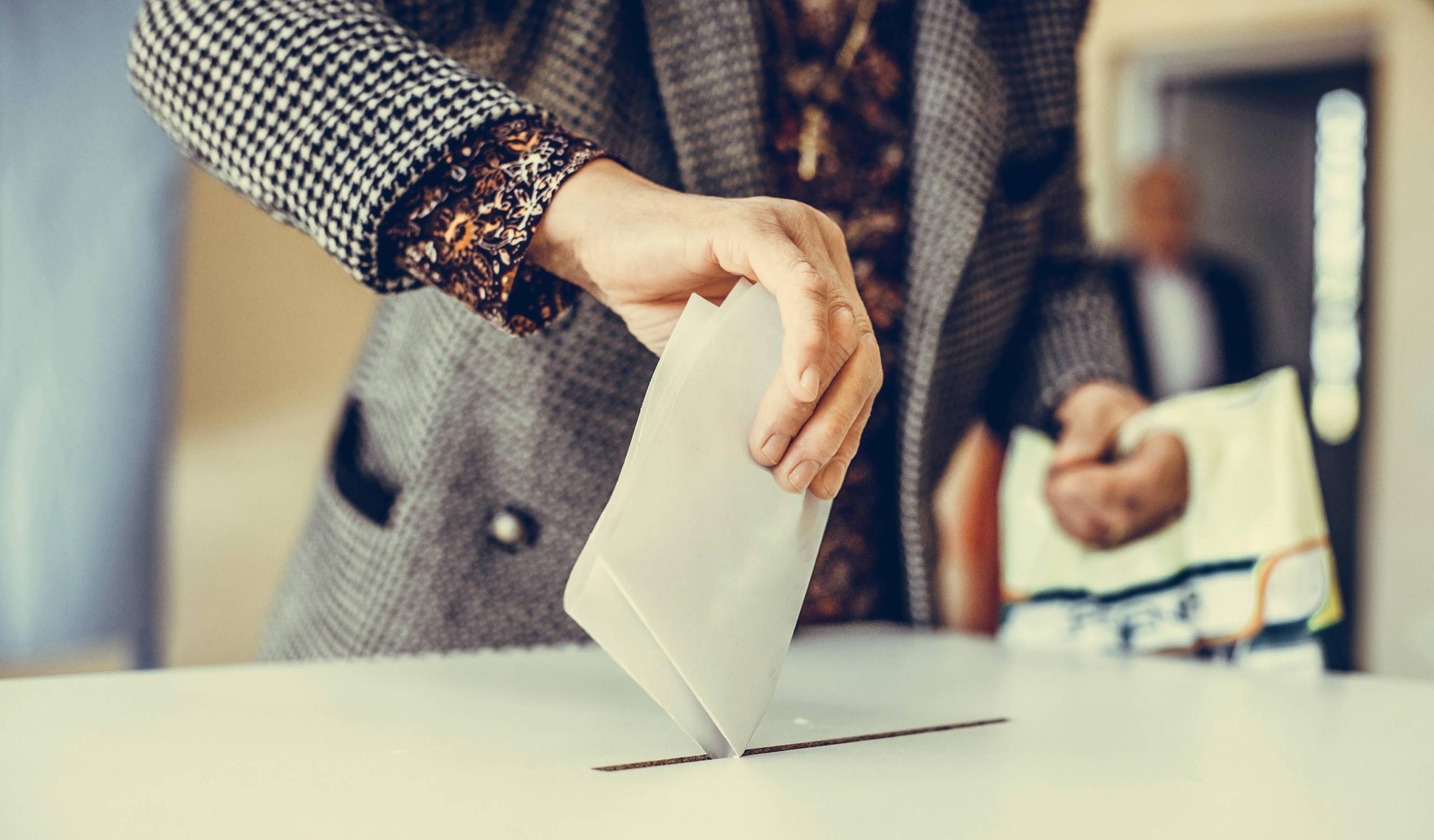What’s often forgotten in the build-up to a member-based organization’s election is that the act of casting a ballot is only a small, albeit significant, part of the process.
From the nominations stage to after actions reports, there’s plenty of work that goes into organizing these contests. In the process, mistakes can happen, but the goal is to limit mishaps so members can cast ballots as planned, without limitations.
For the sake of ensuring your election runs smoothly, let’s examine how potential pitfalls can be avoided.
Planning and Budgeting for Elections
Just like everything in life, it’s important for you to plan and budget accordingly. Depending on the type of member-based organization you serve, you’re going to have to ensure members will be available to cast ballots on the date you select, so scheduling is crucial. For Homeowners Associations and housing Co-Ops, which host elections at the same time as general board meetings, scheduling is especially important. And considering the current limitations on large gatherings, you may have to prepare for online or mail-in balloting, which may require more communication than usual.
The planning period also includes scheduling nominations, organizing special “meet the candidate” events, and properly promoting the election. Do this right and you can turn a potential mistake into an opportunity.
Budgeting also should be prioritized. You need to come up with a number that your board is comfortable with while ensuring you leave no stone unturned. Among the items to consider: voting method.
Selecting a Voting Method
If you’re choosing a voting method without feedback from your members, you’re likely making the first big mistake of your election. While a survey of all members is not quite necessary, you want to get a grasp of what voters are comfortable with. That’s especially important if you’re considering transitioning to online voting, which may initially require a thoughtful explanation. (For example, online voting is considered a cost-effective and convenient alternative.) And since large gatherings may be indefinitely prohibited where your members live, it’s unlikely you’ll be able to gather people in one spot, even in a socially distant environment.
If you intend on organizing your first-ever online election, communication will be key. While people are increasingly becoming comfortable with performing all types of tasks online, some people may express concern about casting a ballot over the internet. That’s why you need to conduct research and partner with an experienced and reputable election management agency that puts the interests of your members first.
Ensure Full Access to Nominations
The nominations stage is also one of the most effective ways to build enthusiasm for your election. There’s two ways you can handle this process: A ho-hum affair in which your usual suspects compete for an open seat or an inclusive period that welcomes new faces and fresh ideas.
The nominations stage can also serve as the unofficial start to your election, with candidates holding forums to cultivate support and distributing reminders about the actual day people will cast ballots. By this time you should know which voting method you’ll be using, so use this opportunity to let people know whether they should be anticipating ballots in the mail or if they’ll be voting online.
To learn more, check out our guide to member-based organization nominations.
One way to improve your nomination experience is by using online tools to streamline the process. If you have one, check with your election management agency and see if they offer digital tools to help catalogue nominee information, including biographies and other important items. For example, our Nominations Central™ software allows candidates to submit the aforementioned information, including resumes and photos. It's a one-stop-shop for this key stage of your election and serves as a critical organizational tool.
Examine How Your Election Unfolded
Even if your election seemingly went off without a hitch, it’s always a good idea to perform a sort-of election autopsy. This after-action review can tell you a lot about the election overall, including voter turnout levels, and whether you’ve improved in driving more members to the polls than in past years. It can also help you develop strategies for your next contest and find areas of improvement. For example, if you switched to a new voting method, the data may provide answers as to whether members took a liking to this new approach. If in the event something went wrong, this will review could help develop solutions to mitigate problems in the future.
Recap
As we mentioned, mistakes can occur. But it’s important to get ahead of these errors early so you can avoid them at all costs. If you look at your election in stages, each new phase can serve a critical role in building enthusiasm ahead of the scheduled vote. Being proactive and taking each stage seriously will increase your chances of a positive outcome.







